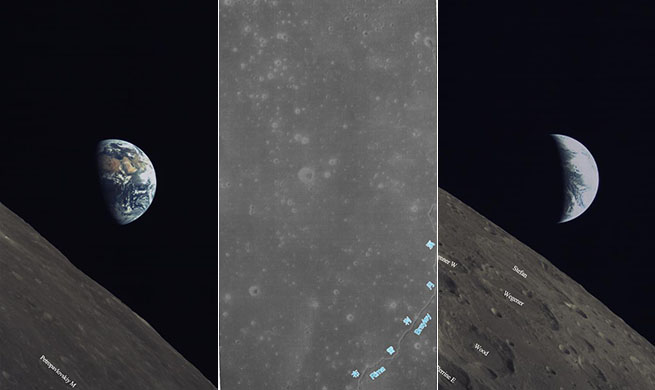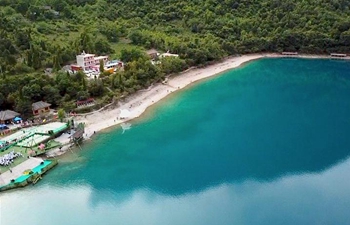CANBERRA, June 15 (Xinhua) -- The total value of Australia's environmental assets, or natural capital, was 6,413 billion Australian Dollar (4,873 billion USD) at 30 June 2017, nearly double the value of 3,369 billion Australian Dollar (2,560 billion USD) in 2006-07, according to a report released on Friday by the Australian Bureau of Statistics (ABS).
The ABS Australian Environmental-Economic Account is a comprehensive look at Australia's environment and its relationship with the economy, and the latest valuation represents a 10 percent increase on the 2015-16 figure.
ABS Director of Environment and Agricultural Statistics, Lauren Binns, said on Friday that Australia's land, mineral, energy and timber resources added up to a high value of natural capital.
"In 2016-17, land accounted for 90 percent of the total value of Australia's environmental assets and its value continued to grow at a faster rate than the other environmental assets (mineral, energy and timber), with a 12 percent increase from 2015-16," Binns said.
"However, natural capital is only one factor when considering the interactions between the environment and economy. This account also notes some positive trends in how Australians have responded to environmental pressures while maintaining economic growth."
Binns said Australia's economy had grown by 28 percent and the population by 16 percent in the past decade, while greenhouse gas emissions dropped 13 percent, and water consumption fell two percent.
"So in some respects Australia is using resources more efficiently," she said.
"Over the same period, Australian energy consumption increased six percent, which was a much slower rate than both economic and population growth, while waste generation went up 23 percent (up to 2014-15)."
The 2018 edition of Australian Environmental-Economic Accounts was the fifth such report on the nation's environment and its relationship with the economy.















